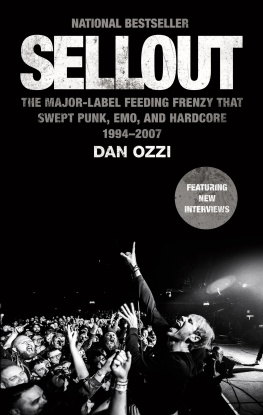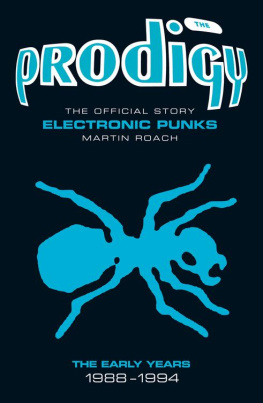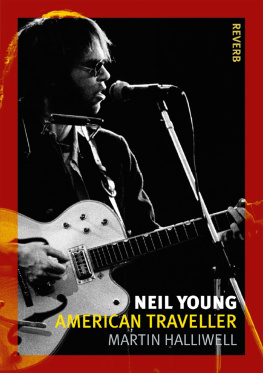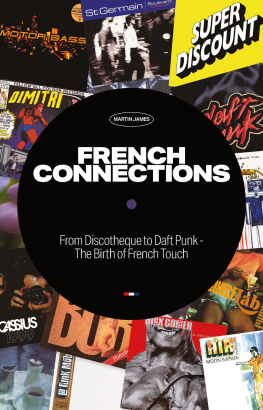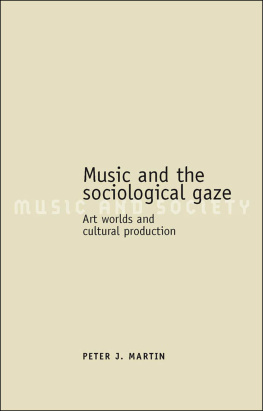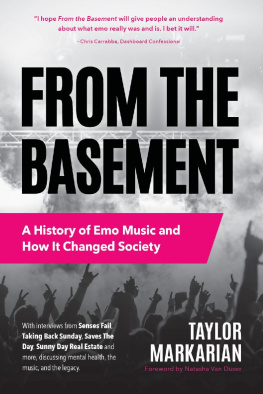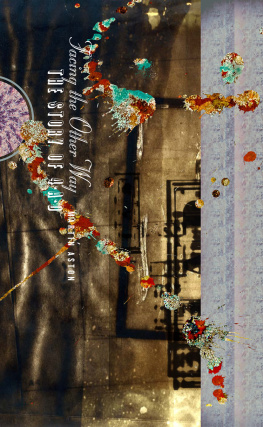Printed in the United States of America and in the United Kingdom with environmentally responsible paper, including materials certified by the Forest Stewardship Council and the Sustainable Forestry Initiative
Published by Awai Books, an imprint of Awai LLC, New York. 1133 Broadway, Suite 708, New York, NY 10010
Copyright 2016 Ian F. Martin
Publication rights for exclusive English edition of this book arranged by Awai Books/Awai LLC New York
Cover designed by Yuichiro Ito and Takao Neko of CIVILTOKYO
Paperback ISBN: 978-1-937220-05-1
E-Book ISBN: 978-1-937220-06-8
Edited by Sandra Flanagan and the Awai Books team with helpful input from Heather Howe.
An Awai Books Trade Paperback Original /// An Awai Books e-book Original. First edition: November 2016
Portrait of Ian F. Martin 2016 Matt Schley
CONTENTS
PROLOGUE
PART I
PART II
PART III
APPENDICES AND SCENE NOTES
A SHORT NOTE ON ARTIST NAMES
As many of you no doubt know, the traditional way Japanese names are rendered is family name first, given name second. But since this book is in English, I have reversed peoples names to express them in the Western fashion. When band names are composed of Japanese words, Ive transcribed the Japanese into the Roman alphabet phonetically. Where a word is of English or foreign origin, Ive adjusted it to the standard English spelling. In cases when a band uses a different name for overseas consumption, Ive used both initially and the foreign version thereafter. Lastly, it is common for Japanese bands to use punctuation creatively in their names, often insisting on inserting full stops, random capitalisation and multiple exclamation marks. Where these creative names appear in the body of the text, Ive retained punctuation if it doesnt interfere with the meaning of the sentence. In rare cases of bands being annoying and ridiculous with full stops at the end of names, clean copy has taken precedent.
PROLOGUE
Yamete yaru! Konna bando, yamete yaru!
Five teenage girls are shrieking these words with a mixture of fury and joy through the frenzied rusty razor slashes of garage-punk guitars, hacking out the odd chord here and there or simply spazzing out in squalls of noise, all thrown together in the kind of chaotic way that suggests that they dont really know how to write songs.
Im gonna quit! Im gonna quit this band!
This show is part of a tour to promote a compilation album that Id recently released, and seven years after starting up my label it is easy to feel jaded. The music scene at this time is still operating glumly under the shadow of police crackdowns against clubs that permit dancing after 1:00am. Of the dozen bands featured on my first release at the end of 2005, only one is still regularly performing. It feels like so many years of watching precious talent fall by the wayside, while mediocrities prosper.
And yet here before me is a band in the full flower of youth, celebrating their own demise with such anarchic energy. In a world where pop is primarily composed of bland platitudes urging you to follow your dreams or insisting that friendship is forever, here is something joyously negative, being yelled by a panda-eyed girl in a nightdress that shed earlier mutilated with safety pins, and another girl still young enough to know that wearing sunglasses indoors is the coolest thing in the world. Everyone in the band has amazing shoes. Oh, and their mothers are sitting at the side of the room with their heads in their hands in shame.
Who cares if it only lasts a moment and is then gone in a blinding flash or a wisp of smoke? Underground music in Japan is beautiful, often nonsensical, and ferociously creative. As a business its a complete basket case that would have no right to exist under any normal commercial circumstances, and yet it has its own particular ecosystem, its own society, its own economy of sorts, and its own cycle of life. Its given me some of the most exciting music Ive ever heard, and its been an enormous privilege to have been involved, however tangentially, in that world.
This book is not a guide to Japanese music, nor would that even be possible in so slim a volume. You could write an encyclopaedia on the subject and still people would cry out that such and such a band of crucial importance had been omitted. Rather this is at its core a book guided by my own experiences and as a result, I shant be ashamed of indulging some of my own biases. I hope, however, that Im also being fair.
Quit Your Band! will go over some key historical movements in Japanese popular music, from the Beatles-influenced group sounds movement of the 1960s, to the twin booms of J-Pop and the indie-originated Shibuya- kei scene of the 1990s. Well look at how mainstream and underground music influenced each other over that period, as well as examine the legacy of that music among young musicians today. In addition, Ill try to discuss the ideas of indie, alternative, underground and subculture in the context of Japanese music, looking closely at the world in which musicians nowadays live examining the live music environment, the information infrastructure, and the social, economic and legal constraints that affect their activities.
Most of this exists below the media radar even in Japan, with alternative or subcultural ideas only emerging piecemeal into the mainstream. In this sense, the creative environment for the most interesting and exciting Japanese music is often as alien to Japanese people as it is to Westerners. Nevertheless, while Japanese media provides its audience with a context, however distorted, Western fans only get to experience Japanese musicians in small out-of-context bites that make it out of short, money-losing overseas tours, brief appearances at festivals like South By Southwest, or by the rare fortune of viral YouTube popularity.
An international sensation on YouTube, the singer Kyary Pamyu Pamyu taps into a historical thread that echoes back to 1980s punk/new wave, 1990s art-pop, and a millennial technopop revival. These musical influences and their historical roots also shape avant-garde acts like the bubblegum noiseniks Melt Banana, who have become a staple of the European and American live circuits. Not as big abroad as in Japan, Tokyos idol scene also shares historical roots with the avant-garde and it acts as an intersection for both the underground and mainstream with visible influences running in both directions.
Despite what often seem like the best efforts of the music industry and media to disguise the fact, Japan produces a broad range of the absolute best music in the world. I cannot hope to cover it all, and my recommendations will naturally be coloured by my experiences and tastes. But hopefully the music I discuss here will not only introduce some wonderful artists that readers may not have previously heard, but also provide a platform for analysis that will illuminate the musical culture in which it is made.
PART 1:
HOW I FOUND MY WAY INTO THE JAPANESE MUSIC SCENE AND WHAT I DISCOVERED WHEN I GOT THERE
INTRODUCTION
Theres an old Hollywood joke that when youre pitching a movie script, whether its a sci-fi action adventure on a distant planet or a harrowing drama about drug dependency and urban depravation, you always finish the pitch by saying, In the end, though, this is a story about love.


